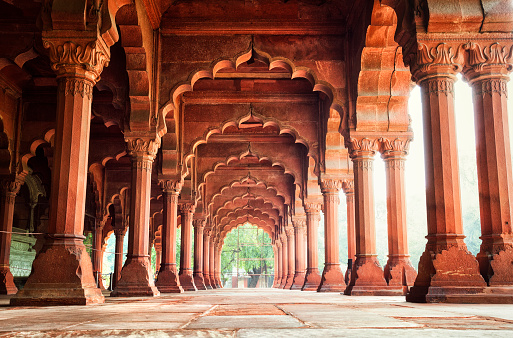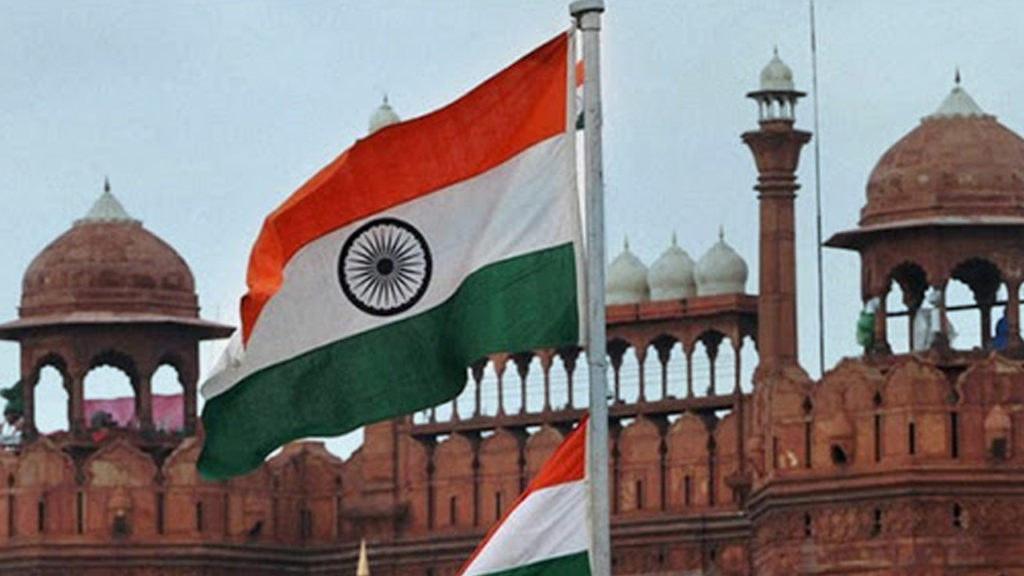Significance of hosting flag at Red Fort
The Independence Day is a reminder of the sacrifices done by all the freedom fighters, who laid their lives for the freedom of the country. On 15th August 1947, Prime Minister Jawaharlal Nehru hoisted the flag on the Red Fort for the very first time. This marked the victory and beginning of India’s Independence. Since then every year, the Red Fort begins preparations for 15th August well in advance. The Prime Minister address the nation. The police, army, navy, air force personnel who laid down their life at the border, protecting our country are given a 21-gun salute. The Indian Army and the Indian Airforce showcase their power by displaying their top artilleries to the whole world. The Red Fort is surrounded by a patriotic atmosphere and is truly a sight to watch.
History of the Red Fort
Mughal Emperor Shah Jahan started the construction of the Red fort in 1638. The Fort is famously known as Lal Qila. Shah Jahan’s motive behind building the fort to serve as a Royal Palace Fort for his capital Shahjahanabad. It took over 8 years and 10 months to finish the construction. The Architect behind the construction of this fort was Ustad Ahmad Lahauri. The Red Fort served as the pride for the Mughal Empire from 1648 to 1857. The Red fort saw various rulers, the Sikh Confederacy (1783) hoisted the Sikh flag (Nishan Sahib) after capturing from Shah Alam II. The British Empire ruled on the Red Fort from 1857–1947. The Government of India took over the fort on 15th August 1947 which marked the beginning of India’s Independence.
The Architecture of the Red Fort

Red Fort is one of Delhi’s largest & historic monuments. The Red Fort is significantly known for its massive complex which covers 254.67 acres. It is enclosed by 2.41 kilometers of defense walls. The Fort is rectangular in shape. The name Lal Qila is derived from its structure, which is made up of Red sandstone. The fort has in all, around 14 gates. The 2 main gates, namely the Lahori Darwaza from the western side and Delhi Darwaza from the southern side.
The artwork inside the fort is a mixture of Persian, European, and Indian Art. This resulted in a phenomenal, Shahajahani style which was rich in colour, form, and expression. The Fort is divided into several parts and are named according to their functions. ‘Diwan-i-am’ is a place where the Emperor had discussions with the public and ‘Diwan-I-Khas’ was where the Emperor held his private meetings. The Emperor’s wives resided in ‘Rang Mahal’ which is filled with artwork, a beautiful lotus which is carved from a single piece of marble and is surrounded with huge mirrors and beautiful paintings. The Mumtaz Mahal is now turned into a beautiful museum for the tourists. Shah Jahan’s private working area was named “Shah Burj”. The bathrooms of the palace were Turkish styled and called as ‘Hamams’. ‘Khas Mahal’ is another tourist attraction, it is known as the Royal Chambers. There was a courtyard designed and allotted especially for singing. When Emperor Aurangzeb took over the fort, made a small expansion inside the fort and constructed Moti Masjid. There were 2 pavilions present inside the fort, namely Hira Mahal to the southern side of fort and Moti Mahal on the northern side of the fort. However, the Moti Mahal was destroyed during a battle in 1857.
There were many structures and precious stones present in the fort. There were many stones that were stolen and structures that were taken down, broken, modified to make way for new ones. The Government of India.
A few lesser-known facts about the Red Fort
- The Red fort we know was originally called as Qila-e-Mubarak
- Qila-e-Mubarak means the blessed fort. The British called it the Red Fort because of the red sandstones and bricks used in making of the fort. The localities during those days translated it to Lal Qila.
- The back of the new 500 rupee note features the Red Fort.
- The Fort has its colours red and white because those were Shah Jahan’s favourite colours.
- Recently in the year 2019, PM Narendra Modi inaugurated 5 more museums. The new museums are Subhash Chandra Bose Museum, Drishyakala, The Museum of 1857, Yaad-e-Jallian, and Azaadi Ke Deewane.
- On April 25, 2018 The Dalmia Bharat Group adopted the Red Fort for a period of 5 years. It adopted the fort for 5 crores per year with a contract ranging upto 5 years.

